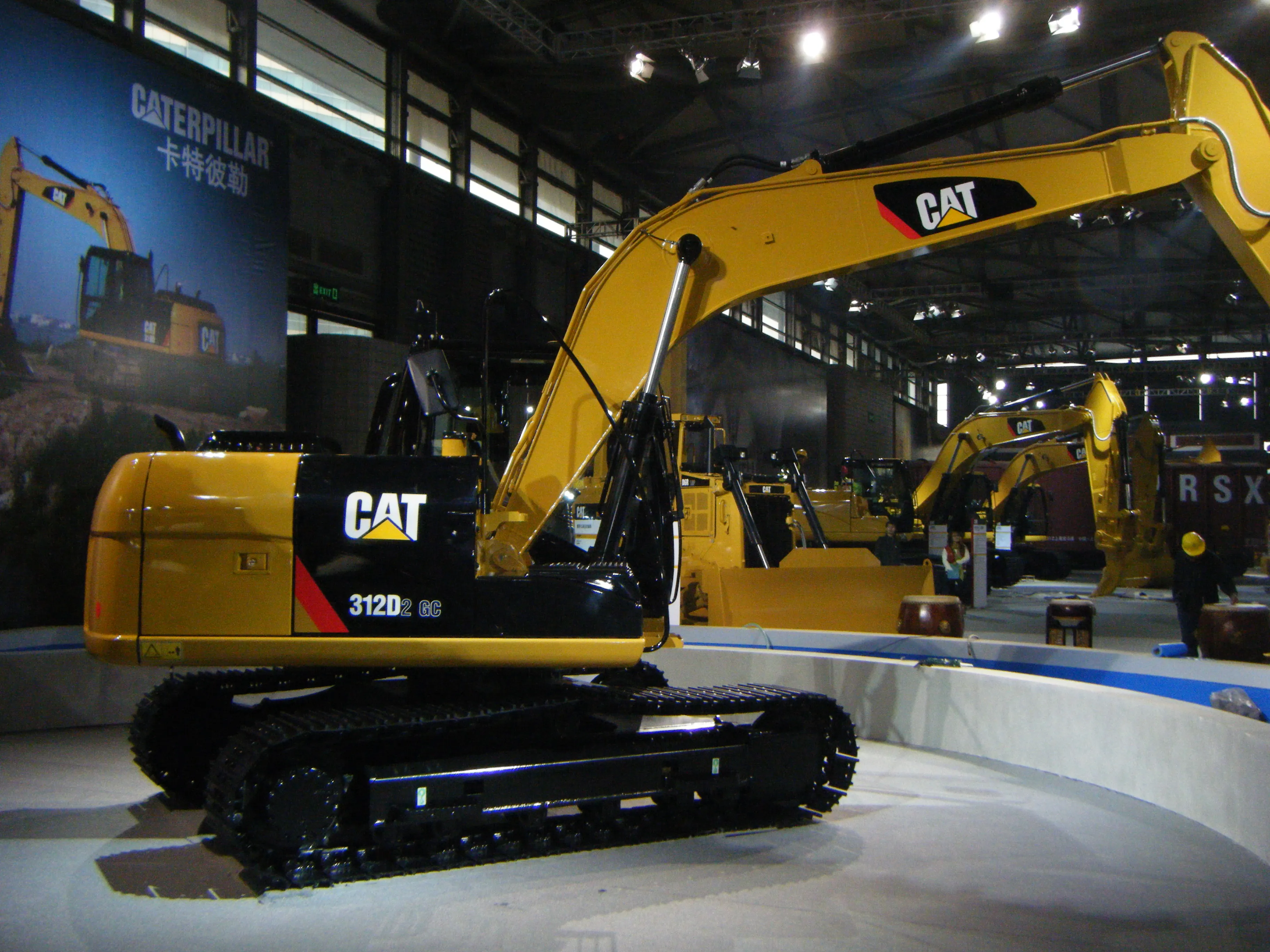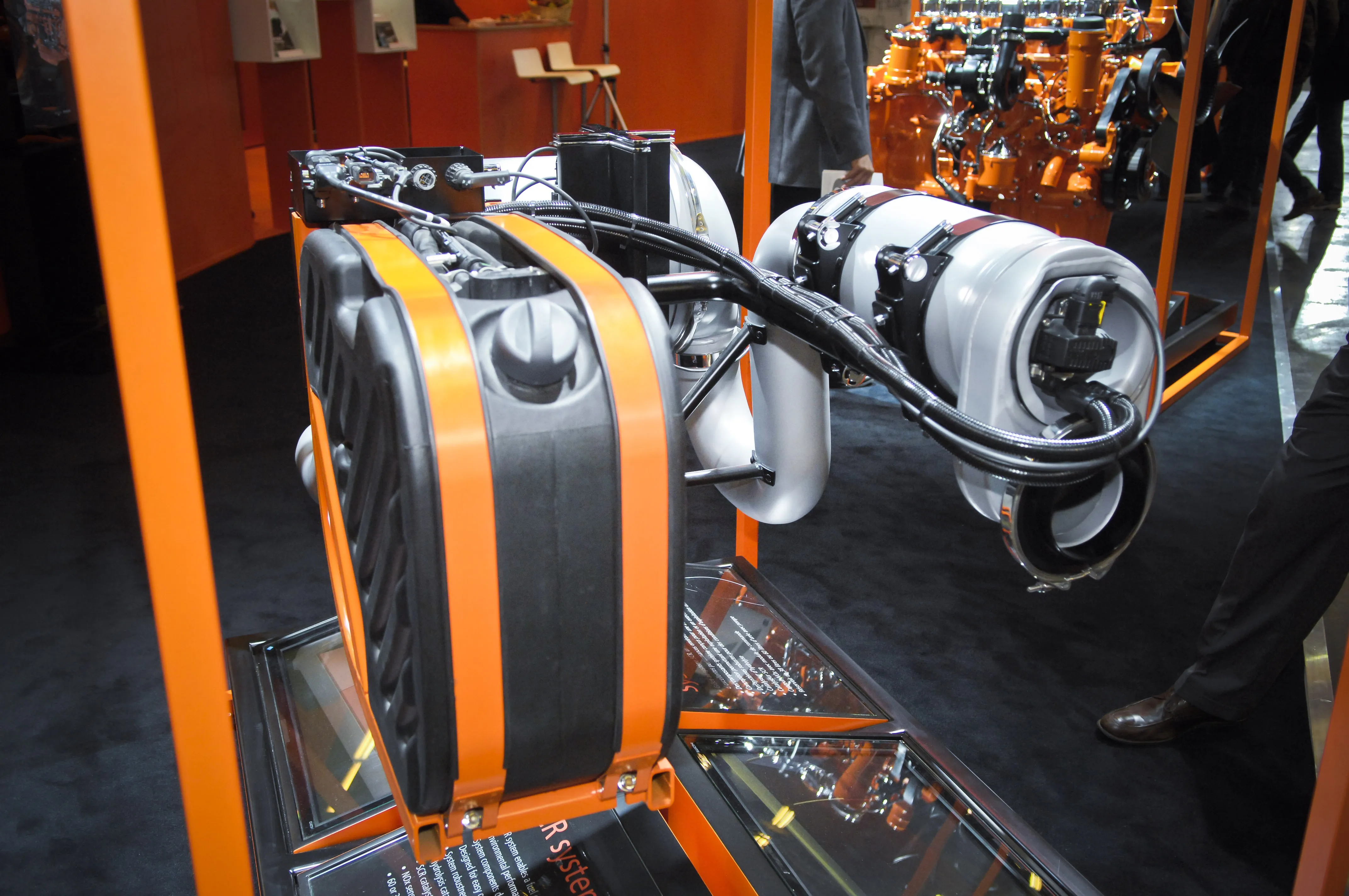Said by Cat to offer reduced running costs, the new Cat 312D GC Series 2 hydraulic excavator being launched at bauma China 2012 is tailored for Chinese customers. A comfortable redesigned operator station is another feature of the new Cat excavator, which is also claimed to come with improved controllability. The machine feature’s Caterpillar’s sophisticated hydraulics with boom and stick regeneration circuits that save hydraulic power in boom-down and stick-in movements and help increase working efficiency
November 27, 2012
Read time: 1 min

Said by 2294 CAT to offer reduced running costs, the new Cat 312D GC Series 2 hydraulic excavator being launched at bauma China 2012 is tailored for Chinese customers. A comfortable redesigned operator station is another feature of the new Cat excavator, which is also claimed to come with improved controllability.
The machine feature’s Caterpillar’s sophisticated hydraulics with boom and stick regeneration circuits that save hydraulic power in boom-down and stick-in movements and help increase working efficiency and fuel economy. Multi-mode operating functions are also selected automatically, depending on the operation of the machine, to improve cycling efficiency in different applications.
An updated engine, modifications to the hydraulic system and an updated front linkage are other appealing aspects of the new Cat 312D GC Series 2 model. The 312D GC weighs in at 12.9tonnes, boasts a C3054 diesel engine at 56kW, and has a 0.53m³ bucket.
The machine feature’s Caterpillar’s sophisticated hydraulics with boom and stick regeneration circuits that save hydraulic power in boom-down and stick-in movements and help increase working efficiency and fuel economy. Multi-mode operating functions are also selected automatically, depending on the operation of the machine, to improve cycling efficiency in different applications.
An updated engine, modifications to the hydraulic system and an updated front linkage are other appealing aspects of the new Cat 312D GC Series 2 model. The 312D GC weighs in at 12.9tonnes, boasts a C3054 diesel engine at 56kW, and has a 0.53m³ bucket.
%$Linker:







